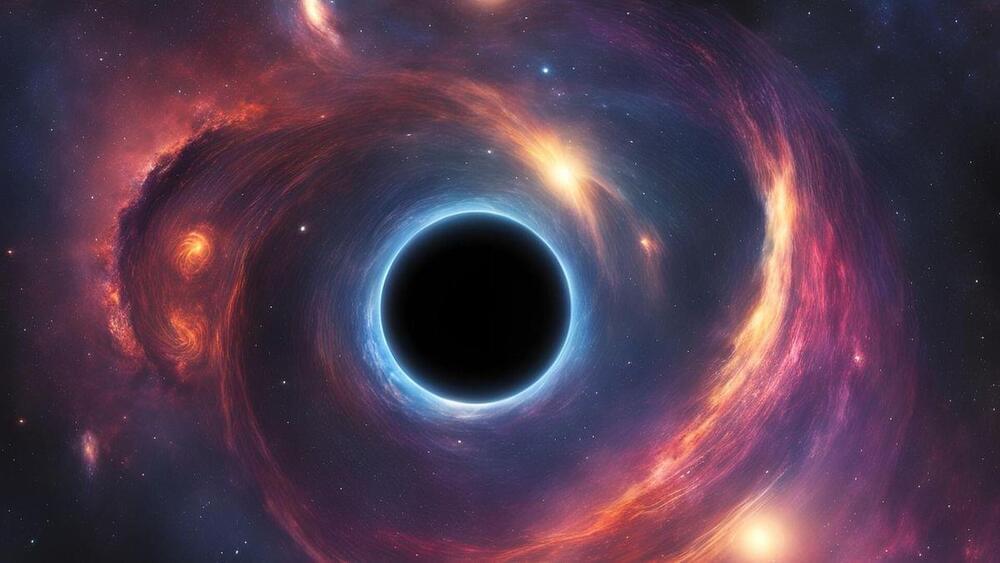Full episode with Joscha Bach Λ Ben Goertzel is here: https://youtu.be/xw7omaQ8SgANOTE: The perspectives expressed by guests don’t necessarily mirror my own…
Category: particle physics – Page 189
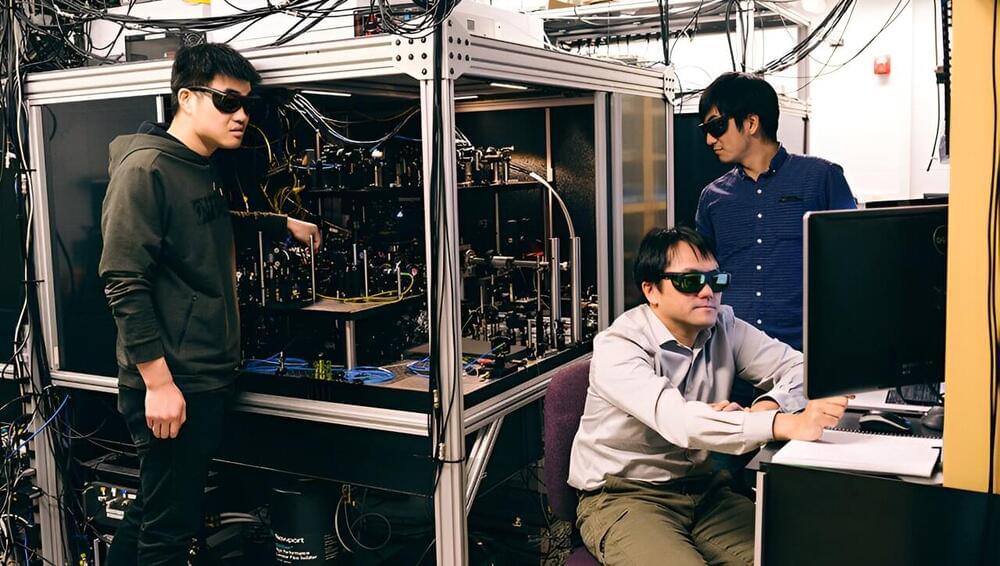
Researchers trap atoms, force them to serve as photonic transistors
This could be the road to quantum computation.
“In contrast, solid-state emitters embedded in a photonic circuit are hardly ‘the same’ due to slightly different surroundings influencing each emitter. It is much harder for many solid-state emitters to build up phase coherence and collectively interact with photons like cold atoms. We could use cold atoms trapped on the circuit to study new collective effects,” Hung continues.
The platform demonstrated in this research could provide a photonic link for future distributed quantum computing based on neutral atoms. It could also serve as a new experimental platform for studying collective light-matter interactions and for synthesizing quantum degenerate trapped gases or ultracold molecules.
“Unlike electronic transistors used in daily life, our atom-coupled integrated photonic circuit obeys the principles of quantum superposition,” explains Hung. “This allows us to manipulate and store quantum information in trapped atoms, which are quantum bits known as qubits. Our circuit may also efficiently transfer stored quantum information into photons that could ‘fly’ through the photonic wire and a fiber network to communicate with other atom-coupled integrated circuits or atom-photon interfaces. Our research demonstrates a potential to build a quantum network based on cold-atom integrated nanophotonic circuits.”
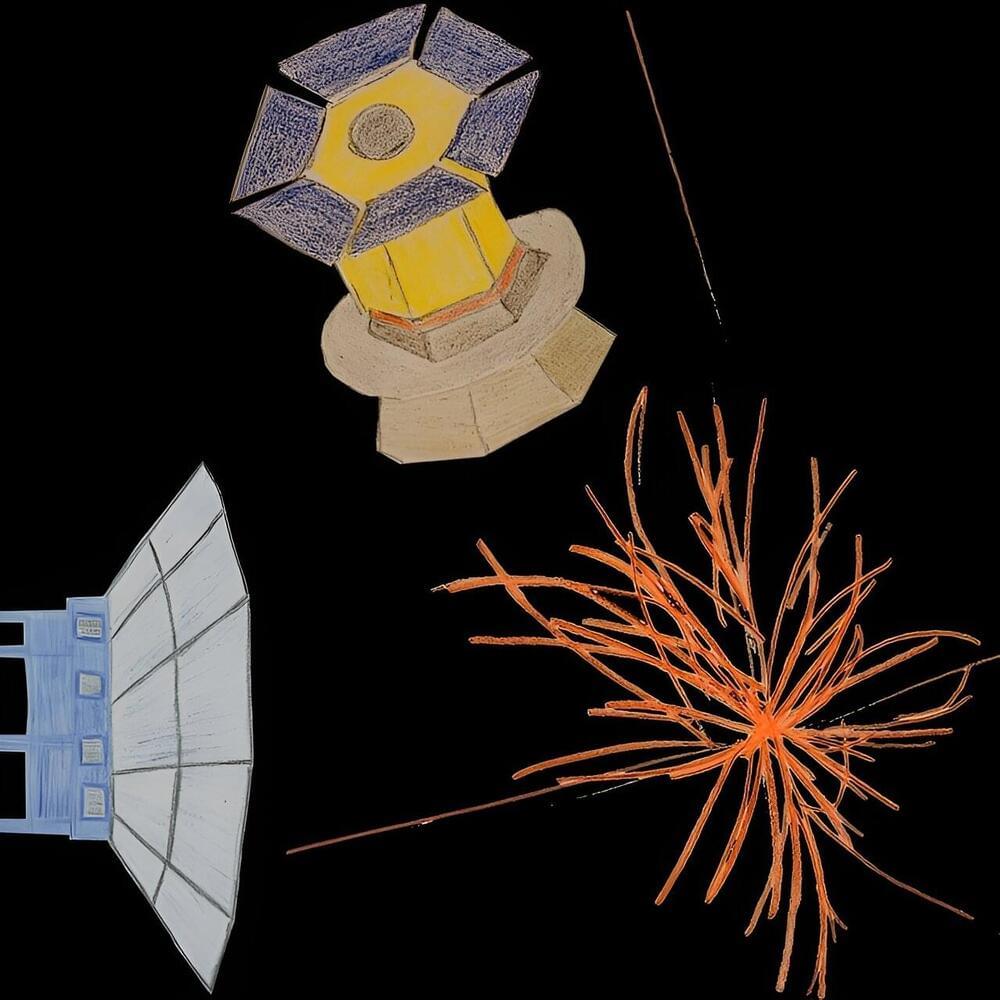
Cosmic microwave background experiments could probe connection between cosmic inflation, particle physics
Various large-scale astrophysical research projects are set to take place over the next decade, several of which are so-called cosmic microwave background (CMB) experiments. These are large-scale scientific efforts aimed at detecting and studying CMB radiation, which is essentially thermal radiation originating from the early universe.

Scientists pin down the origins of the moon’s tenuous atmosphere
While the moon lacks any breathable air, it does host a barely-there atmosphere. Since the 1980s, astronomers have observed a very thin layer of atoms bouncing over the moon’s surface. This delicate atmosphere—technically known as an “exosphere”—is likely a product of some kind of space weathering. But exactly what those processes might be has been difficult to pin down with any certainty.

New Microscope Unlocks Hidden Atomic Architecture in Advanced Materials
Researchers at the University of Sydney have developed a new microscopy method that uses atom probe tomography to observe atomic-scale changes in materials. This advancement enhances understanding of materials properties and could lead to stronger alloys for aerospace, more efficient semiconductors, and better magnets for motors.
Researchers at the University of Sydney have developed a new microscopy method using atom probe tomography to explore atomic-level changes in materials, promising significant advances in materials science and engineering.
A new microscopy technique enables researchers to observe minute changes in the atomic structure of crystalline materials, such as advanced steels used in shipbuilding and custom silicon for electronics. This method has the potential to enhance our understanding of the fundamental origins of material properties and behavior.
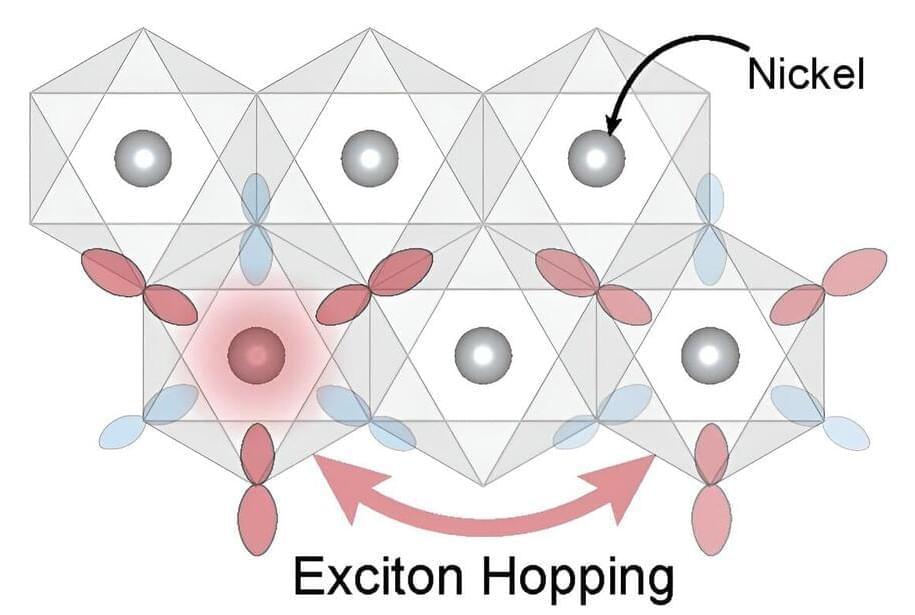
Physicists report new insights into exotic particles key to magnetism
MIT physicists and colleagues report new insights into exotic particles key to a form of magnetism that has attracted growing interest because it originates from ultrathin materials only a few atomic layers thick. The work, which could impact future electronics and more, also establishes a new way to study these particles through a powerful instrument at the National Synchrotron Light Source II at Brookhaven National Laboratory.
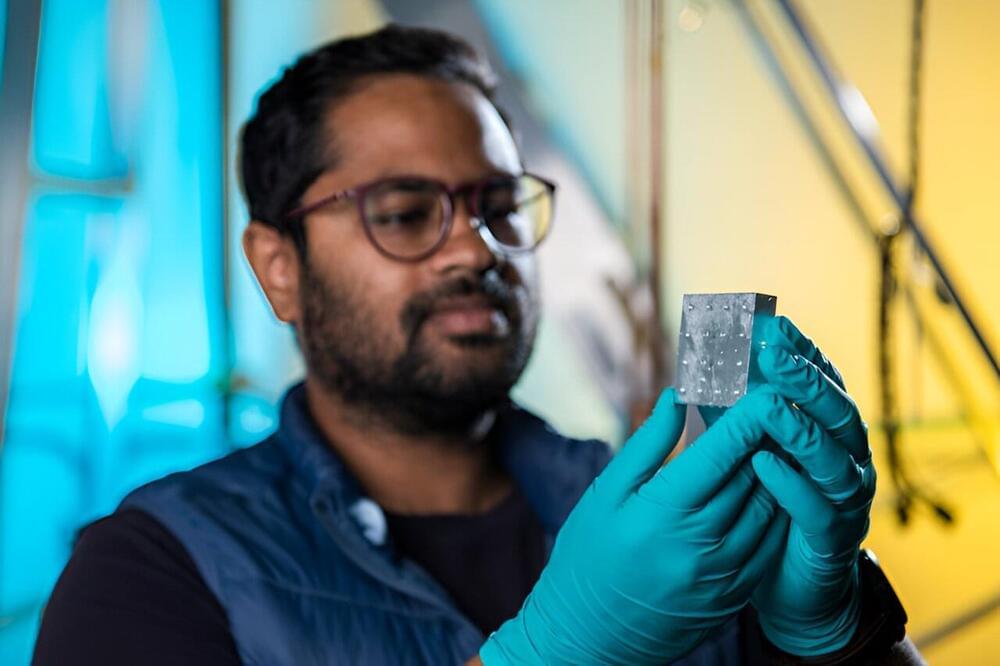
Experiment uses quantum techniques to stimulate photons, enhancing search for dark matter
Scientists cannot observe dark matter directly, so to “see” it, they look for signals that it has interacted with other matter by creating a visible photon. However, signals from dark matter are incredibly weak. If scientists can make a particle detector more receptive to these signals, they can increase the likelihood of discovery and decrease the time to get there. One way to do this is to stimulate the emission of photons.

Quantum Computers Need a Quantum Internet: Here’s Why
Research on quantum internet technology highlights the challenge of producing stable photons at telecom wavelengths, with recent studies focusing on material improvements and advanced emission techniques to enhance quantum network efficiency.
Computers benefit greatly from being connected to the internet, so we might ask: What good is a quantum computer without a quantum internet?
The secret to our modern internet is the ability for data to remain intact while traveling over long distances, and the best way to achieve that is by using photons. Photons are single units (“quanta”) of light. Unlike other quantum particles, photons interact very weakly with their environment. That stability also makes them extremely appealing for carrying quantum information over long distances, a process that requires maintaining a delicate state of entanglement for an extended period of time. Such photons can be generated in a variety of ways. One possible method involves using atomic-scale imperfections (quantum defects) in crystals to generate single photons in a well-defined quantum state.
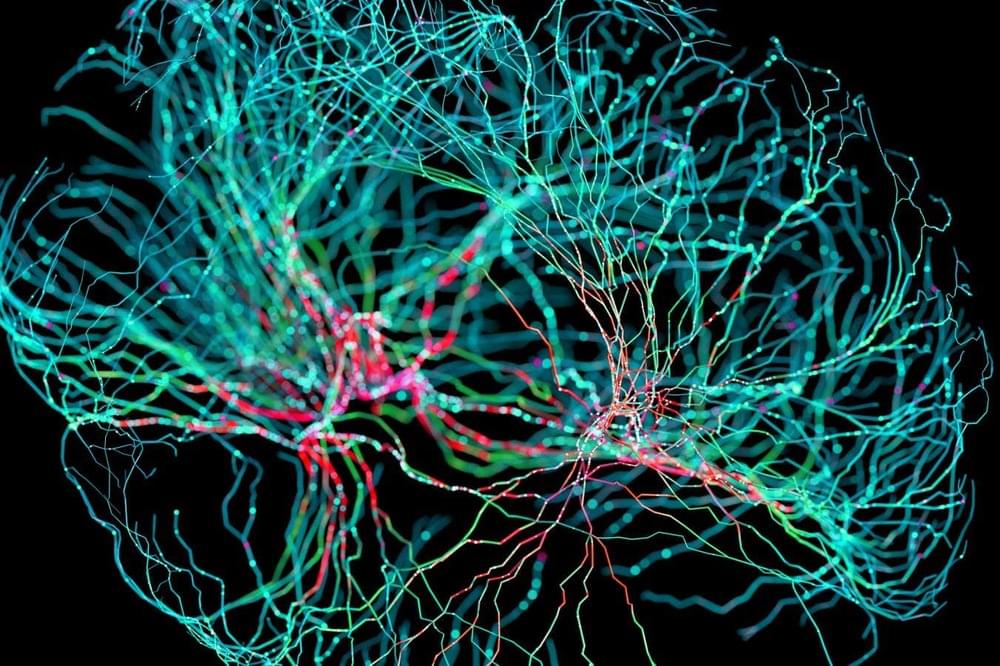
Nerve fibres in the brain could generate quantum entanglement
Calculations show that nerve fibres in the brain could emit pairs of entangled particles, and this quantum phenomenon might explain how different parts of the brain work together.
